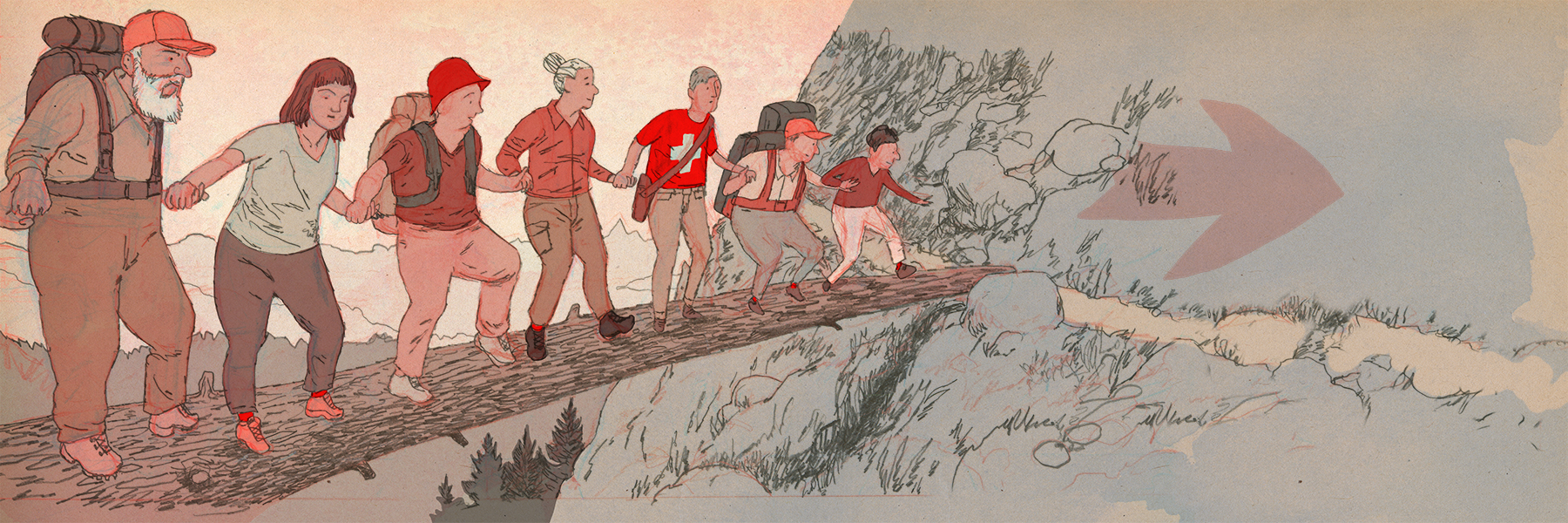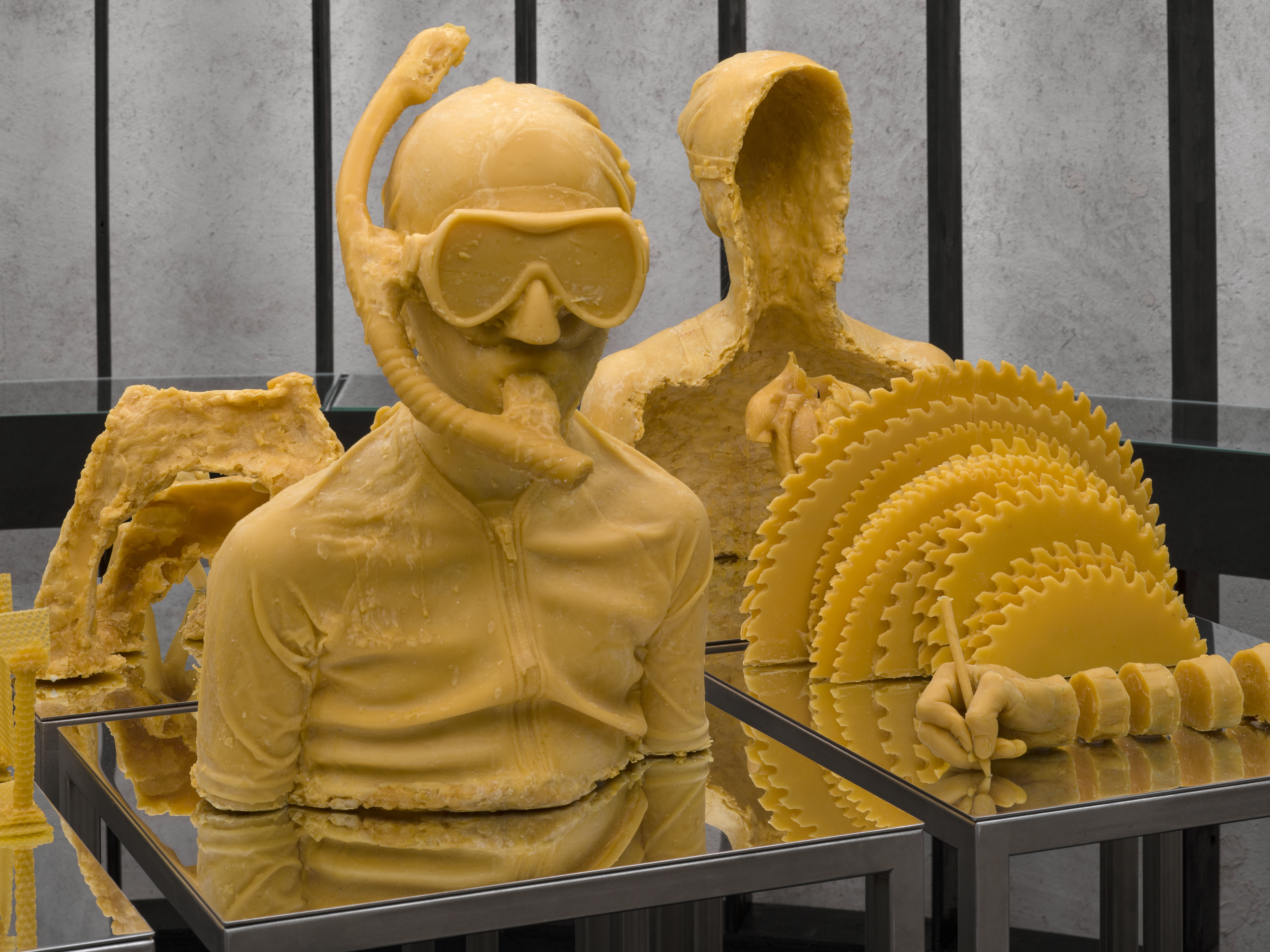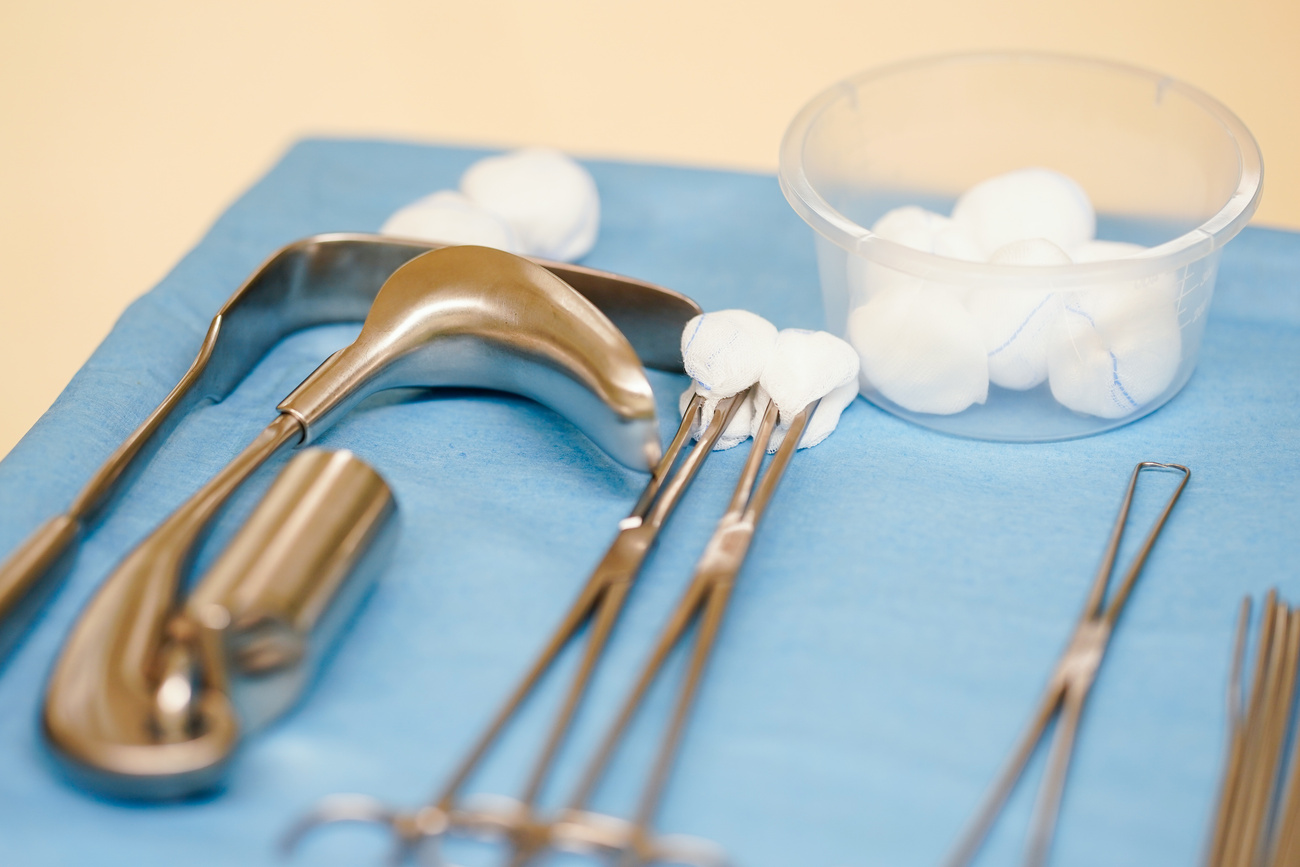
Swiss scientists find new way to detect mad cow disease

Swiss scientists have discovered a new way to detect the presence of mad cow disease or its human equivalent which could be the basis for a cure.
However, the leader of the team at Zurich University said what they had done was only the scientific groundwork.
“We have not developed a new test,” professor Adriano Aguzzi told a news conference on Wednesday. “It is not up to our laboratory to develop a test or a cure, that is for industry to do. But we are willing to make our results available.”
The results of the study by his team at the Institute for Neuropathology of Zurich University Hospital were published in the science journal, Nature.
“It is our hope that this can lead to a better test, lead to a treatment of the new variant of Creutzfeldt-Jakob and could be used to remove infected proteins from transfusion blood,” he said.
The human form of BSE, new variant Creutzfeld-Jakob Disease (nvCJD), has killed more than 80 people in Britain and two in France. There is no known cure for the deadly disease that wastes away the brain.
Mad cow disease, or bovine spongiform encephalopathy (BSE), and nvCJD occur when a protein called a prion, that appears naturally in the brain, changes and folds in a unusual way.
The team found that a blood product, plasminogen, played a key role in transmitting the disease. It established a laboratory method to check the plasminogen for the presence of aberrant prions.
Aguzzi declined to be drawn on how long it would take to develop a test or a cure on the basis of the plasminogen findings. But he said such a test would be far more accurate than currently available tests.
In humans, surgeons now have to take tissue samples from the tonsils to determine whether the patient is suffering from nvCJD. For the plasminogen test, a sample of cells from the back of the throat would suffice.
In animals, the test would be simpler and faster and could be done by machines. The findings could also be used to purify donated blood of aberrant prions.
Aguzzi said his team was still trying to find out the exact way in which the aberrant prions – ingested as food – travel from the digestive track into the nervous system and the brain.
swissinfo with agencies

In compliance with the JTI standards
More: SWI swissinfo.ch certified by the Journalism Trust Initiative


























You can find an overview of ongoing debates with our journalists here . Please join us!
If you want to start a conversation about a topic raised in this article or want to report factual errors, email us at english@swissinfo.ch.